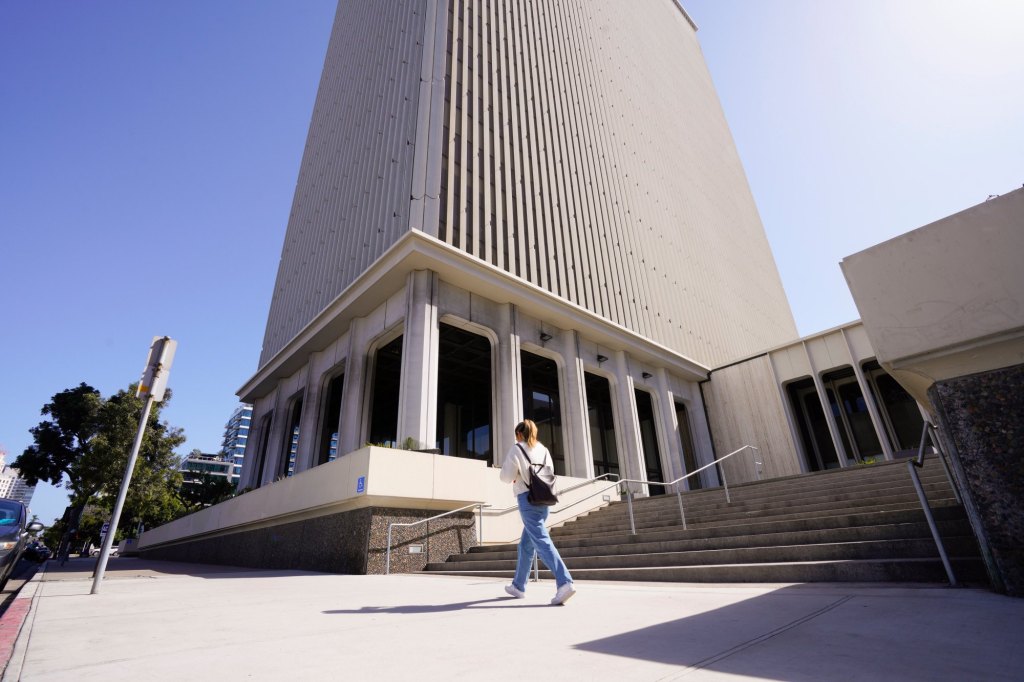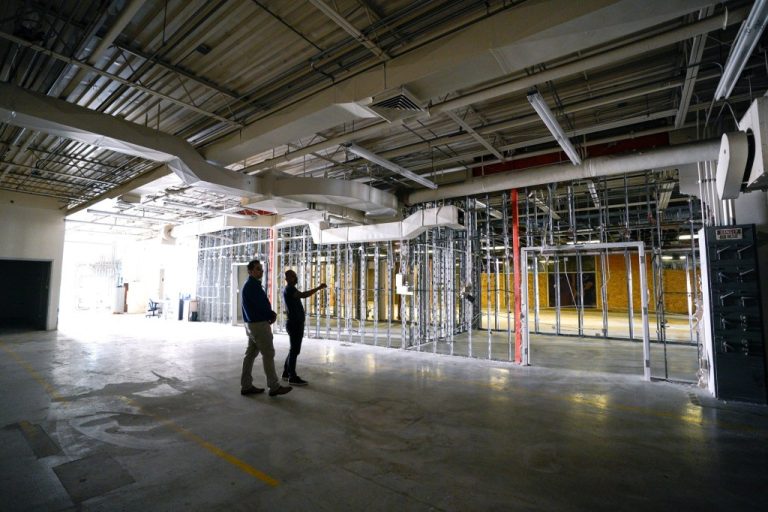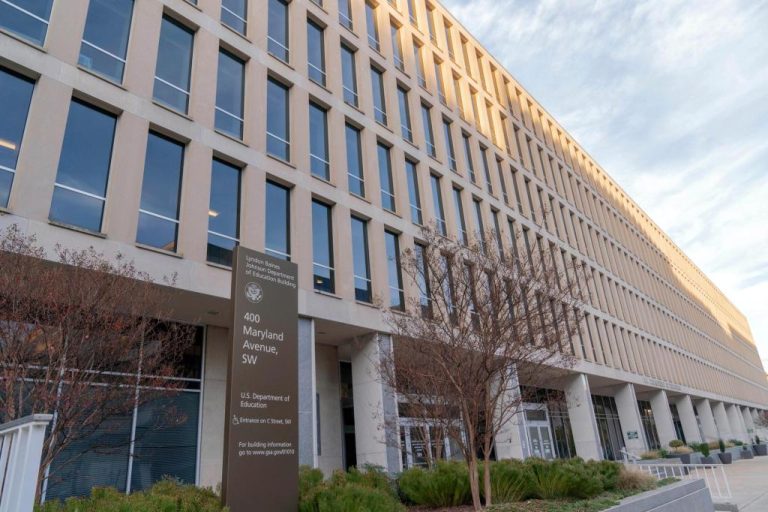

The city of San Diego has taken one step backward and one step forward in its never-ending quest to develop housing that people of modest incomes can afford.
The two downtown projects on city property are among the latest attempts to provide deed-restricted, subsidized apartments across the region.
Making such projects pencil out has always been a challenge, but perhaps even more so these days. High interest rates make financing difficult to obtain and limited public funds for housing vouchers are already obligated. (Further, there’s uncertainty about future federal housing assistance under the new Trump administration.)
Those and other factors led to the demise of a 400-plus unit proposal at Seventh Avenue and Market Street, despite more than a year of negotiations between the developer and the city. The project was launched with considerable promise and a bit of symbolism.
The site had been targeted for a multi-use project that included office space, housing, a gourmet grocer and a Ritz-Carlton hotel. That the property once destined for a five-star hotel would instead be home to an affordable housing project seemed a welcome sign for the times in a region where the high cost of housing is a top public concern.
Meanwhile, the San Diego City Council this week agreed to enter into exclusive negotiations with a development team that proposes converting the city’s troubled 101 Ash St. office tower into 253 affordable units with retail and a child care facility also at the site. That’s a big step, but there’s a long way to go to determine whether the project actually happens.
Other long-planned affordable housing projects elsewhere in San Diego have been moving forward.
The Metropolitan Transit System broke ground nearly a year ago on a seven-story, 100-unit, mixed-use building on a parking lot at the Rancho Bernardo Transit Station. Welcome as that is, some housing advocates say the project should have included more housing.
Some projects with deed-restricted apartments for lower-income residents fall short of the maximum density allowed under zoning and bonus laws, often because of various requirements such as parking, logistics, neighborhood opposition or a combination of those.
Battles over the size of developments are almost a given when multi-family projects are proposed, and deed-restricted housing is no different.
Similar concerns have been expressed about some plans by the San Diego Unified School District to build affordable housing, some of it intended for teachers and other staff members. Nevertheless, Unified embarked on this path a decade ago and in December agreed to consider an ambitious expansion with plans to build 1,000 units on five school district properties.
Earlier last year, the district took concrete steps to transform the former campus of Central Elementary in City Heights into 327 rent-restricted units — 57 for seniors and 270 for families and individuals.
On Monday, the Oceanside Planning Commission endorsed an apartment complex where all 199 units will be reserved for modest and lower-income residents. The initial plan for what is now called Olive Park Apartments was for 400 units.
Meanwhile, Father Joe’s Villages continues to pursue its goal of providing 2,000 units of affordable housing in the San Diego region.
The collapse of the Seventh and Market project seemed a clear setback in this push to build affordable housing. It’s hard to find a silver lining, though the zoning on the property would allow for more than 1,000 units — nearly three times what had been proposed.
Whether anything like that, or even 400 units, would ever be realized there remains to be seen. City officials say they are taking a step back from redeveloping the property until market conditions improve. City Hall is also focused on closing a significant budget deficit. Further, it’s unclear whether affordable housing will still have to be as much of a priority for the property as it was previously under the state Surplus Lands Act.
Even without the restrictions imposed by the state act, at least 15 percent of any housing on the Seventh and Market site would have to be targeted to lower-income households, according to Lori Weisberg of The San Diego Union-Tribune.
If 101 Ash St. becomes affordable housing, it would be a remarkable turn of events for a number of reasons. For one thing, previous proposals to transform the office building into housing didn’t pan out, as the Union-Tribune’s Jennifer Van Grove has pointed out.
A successful conversion also might finally get rid of what has been an expensive albatross for two mayors, who faced questions about decision-making and competence at City Hall. Under former Mayor Kevin Faulconer, the city entered into a controversial lease-to-own agreement for the building to house staff offices. A City Council-approved remodeling project exposed asbestos contamination and other problems, and the building has been vacant for years.
Mayor Todd Gloria then engineered the outright purchase of the building, with hopes that it would be part of a massive redevelopment of the Civic Center area. That didn’t happen, either. So far, the city has spent tens of millions of dollars, and potentially hundreds of millions over time, for a white elephant.
More importantly, 101 Ash St. could help address the city’s critical housing need. It also would be a rare office high-rise turned into housing, though it’s hard to say whether it could be in the vanguard of a trend.
There’s been a great deal of interest nationally in such conversions, with growing office vacancies putting many downtown buildings on the edge of a financial abyss. But a lot of those buildings don’t work for apartments or condominiums, which need windows to be feasible. They’re simply too big with too much interior space that doesn’t have access to exterior walls.
Many of 101 Ash St.’s physical attributes contributed to it becoming a City Hall boondoggle. But one of them, the building’s simple narrow design, may yet help give this notorious address a productive new life.






